First of all, I should mention the technique we are about to go through isn't necessarily considered true macro photography, as I'm sure any macro enthusiast will be quick to point out. In order to do that, you'll need a dedicated macro lens which can can be very pricey. Instead, we're going to get that up close macro look using a lens you already own and a metal ring called a reverse ring adapter (available online for under $15). A reverse ring is a small metal ring that has a standard filter thread on one side and a lens mount thread on the other. This allows you to attach a regular prime or zoom lens to your camera backwards to fully harness it's magnifying powers.
Choosing The A Lens
This step will be easy if you only have one lens, choose that one; however, if you have yourself a small collection there are few thing to consider when making your selection. You can temporarily convert just about any lens with a reverse ring, but some are better than others.
- The wider the lens, the higher magnification you will have. A true macro lens shoots at a 1:1 reproduction ratio which is life size reproduction. A 50mm lens attached with a reverse ring will get you very close to 1:1. To figure out what reproduction rate you are shooting at simply take a photo of a ruler with millimeter measurements with your reverse mounted lens. Take the number of millimeters from the ruler shot and divide that number by the width of your cameras sensor in millimeters. (For exmaple if you use a Nikon DX with a sensor width of 23.6mm and the ruler shows 6mm in the photo you just took, then divide 23.6 by 6 which equals 3.933. That shows us we are shooting very close to a whopping 4:1 ratio–can we say up close and personal?)

Bee on a Plant by Lisa Fotios
- If you have a lens that has a manual aperture adjustment ring on it, pick that one. One of the downfalls of shooting this way is that your lens will lose all communication with your camera once it is mounted backwards. Unfortunately, this means you can't program the aperture on your camera and expect your lens to get the message. By default, a lens will stay on it's smallest aperture setting which makes it very difficult to get enough light in. You can remedy in a couple ways. 1) Locate the aperture lever on the lens and hold it or tape it up so that the aperture blades remain open. 2) Purchase an aperture control attachment. It's another ring that mounts to lens and gives you back control of the aperture. You can buy the aperture control with the reverse ring for about $10 more.
Getting Setup
Now, to attach the ring to the camera you will simply thread it to the filter thread on the front of your lens. Then attach the lens backwards on the camera via the reverse ring mount, like this:

It looks pretty funny with its guts all exposed like this, another reason I prefer to work with an aperture control ring. It covers up all that is now exposed, protecting them (slightly) from the elements and dust.
Getting Tack Sharp Macro Shots
Now that you're all put together it's time to get shooting. Assuming you have managed to get your aperture to stay open and allow enough light in for you to see what your aiming at, there are few things you should know to help you get the right focus.
- The most effective way to focus in on your subject is to move closer or farther from it until the focus is where you want it. Given the very small depth of field you will be working with, a tripod and a focusing rail will work wonders. While not necessary, a good focusing rail will go a long way in getting tack sharp photos.
- Speaking of moving closer to your subject, whatever it is you decide to photograph, make sure that you're comfortable being really close to it. Depending on your setup, the end of your lens may have to be as close as just an inch away from your subject for it to be in focus. This makes photographing live insects rather difficult–most won't appreciate you being so close to them. That being said, there is no need to kill an insect just to photograph it, that seems kinda creepy. There are plenty of dead bugs in basements, dark corners, and spiderwebs to take advantage of. Plus, you reduce the risk of getting stung by an angry bug.
- It is possible to do the shots handheld if you have enough light and a steady enough hand to deal with slower shutter speeds. A ring light works great for many macro shots.

- Use the live view mode on the back of your camera and zoom the preview screen in on the area you want to be in focus and eye your focus adjustments this way. (Helpful hint: This also works great when you're not shooting macro and want your focus to be on point.)
- If you have been curious about focus stacking, this could be a great project to get started in. It's actually pretty easy as Jason Row explains here, and macro photography really lends itself to the technique.

Reverse ring macro photography is an inexpensive introduction to the world of macro photography and is a great way to test out the waters to see if it's something you are really interested in doing before you invest in a quality macro lens. It does come with downfalls and difficulties, most of which are surmountable and few of which affect image quality–which could make it an ideal solution for the photographer on a budget.
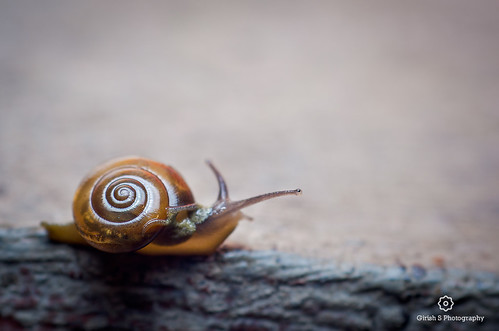
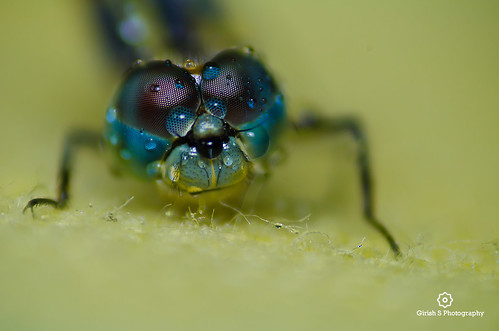

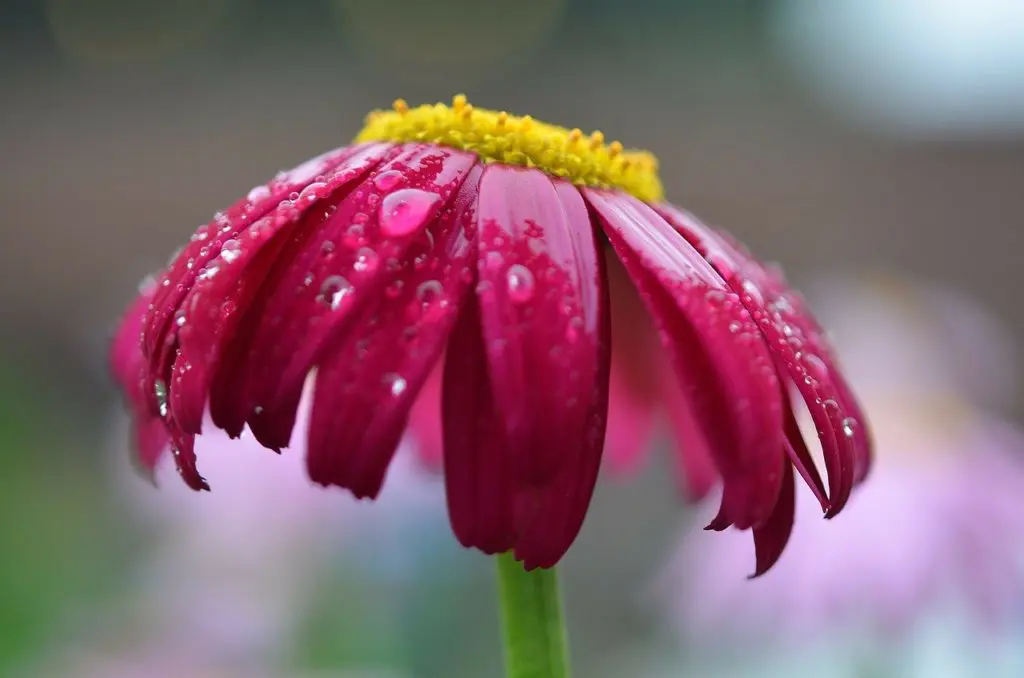
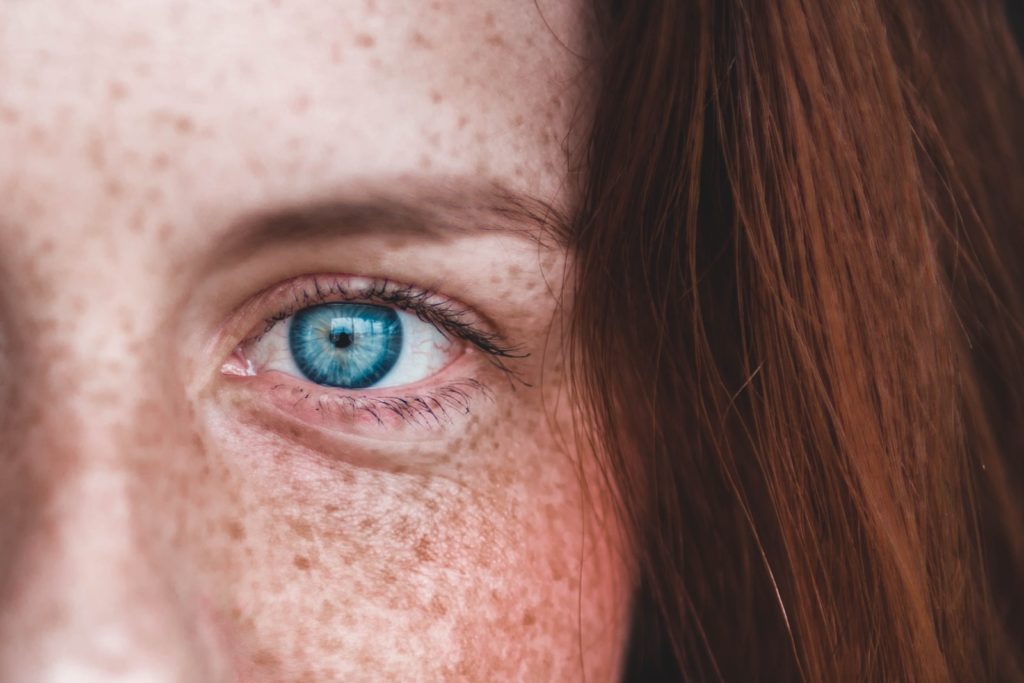
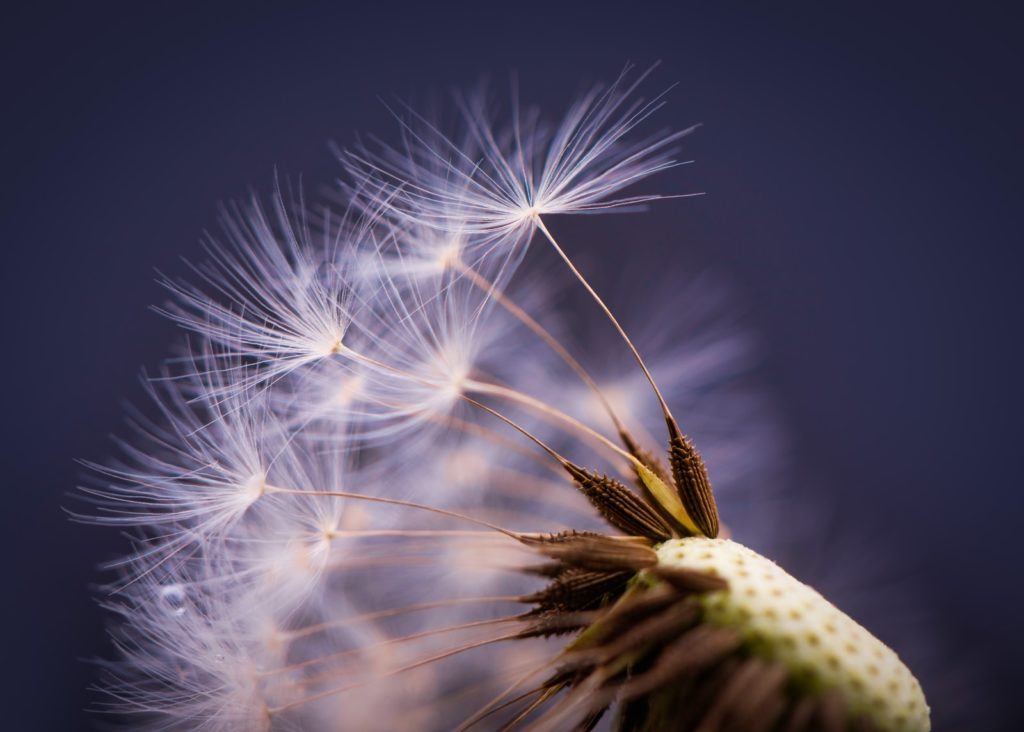
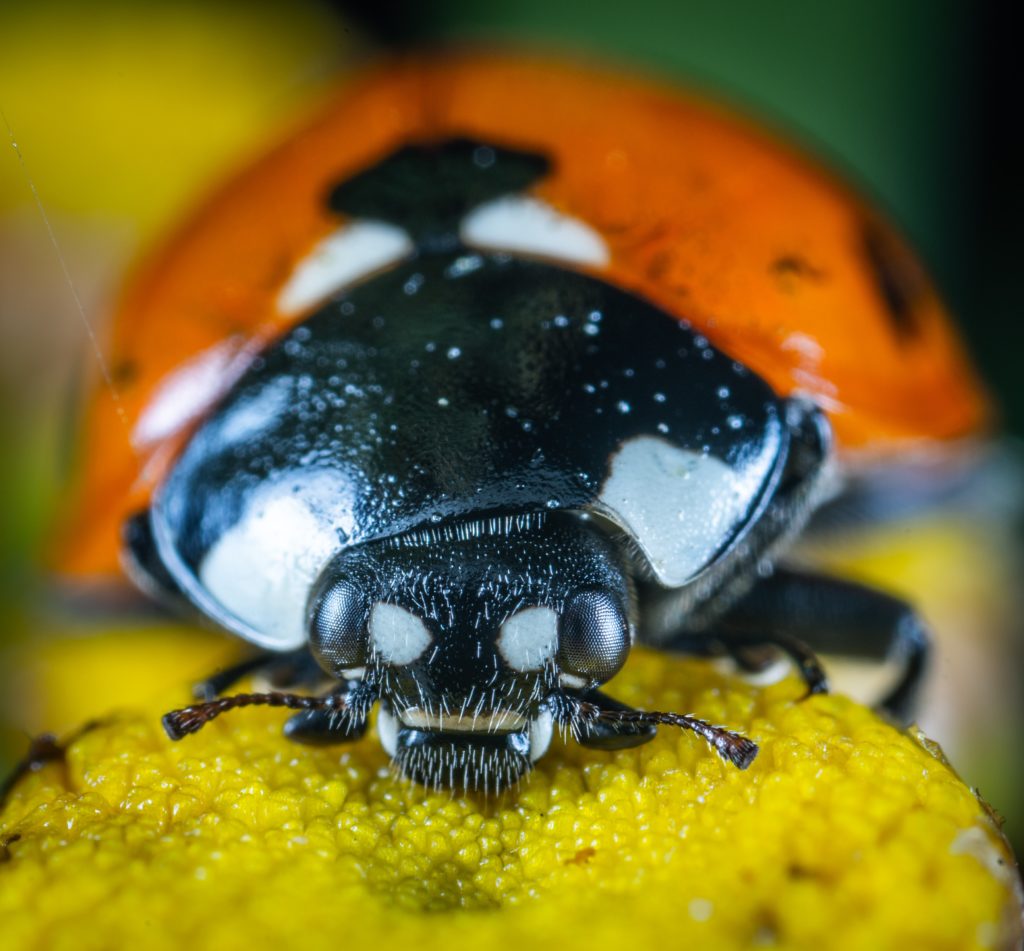
11 Comments
Really? It is only considered macro photography if you use a dedicated macro lens? And here I was thinking it had more to do with the subject size to sensor size ratio. So all the folks out there with tubes and a reversed lens kicking out 3:1 magnification should realise their limitations. I’ll go spread the word.
I really appreciate the info on this site about using reverse lens as i never new how to attach it to the Reverse ring. Also would this work with any canon lenses as i have the 75-300mm, the nifty 50, 18-55
and the Sigma 70-300mm.
Wow Peter, sarcasm?
Great idea about the aperture control. I did not know about that. I teach photography and have always went out to get old lenses that still had the typical controls. this is a great new way to approach that problem.
I use a 18-55 lens and when i reverse mount it, all I can see is black. How can i photograph if that is the case? please help me on this.
If you have fitted the reverse ring along with 18-55 lens by mounting it, Move your camera nearer to the subject. U will get the focus.
Gautham,
The easiest way to keep your aperture open while its reverse mounted is- Use a blue tac( $1.25 for a lot of them) to lock your aperture handle.
I’ve been doing this without any trouble.
Not sure if you figured this out but, if you have a standard modern kit lens then the aperture cannot be controlled when reverse mounted. You will need to buy an Aperture control ring and attach it to the back (now the front) of the lens. Then you can move the lever and let more light in! You can get them cheap on amazon (this one is for nikon): https://www.amazon.com/gp/product/B005ODKGLG/ref=oh_aui_detailpage_o04_s00?ie=UTF8&psc=1
Hope this helped!
I got a 52mm Reverse Macro Ring kit from amazon for my 18-55mm kit lens for Nikon D5100. Firstly it was very hard to capture images, as nothing works automatically, as your camera will become full manual. Switch to manual M mode, check the aperture level, open it to the amount you want to focus, by sticking a small paper, use manual focus and go as much close to your subject. Make sure you have a good external light source. Check few of the pics I took: https://www.youtube.com/watch?v=JsYOjWyGbmc
Just a quick note on Aperture control with a modern lens. Most DSLRs have a ‘preview’ button that stops the aperture down so you can visually see the effects of depth of field threw the lens (I shoot with a Canon 5D Mark III, but most Nikons have this option as well). If you detach your lens with the preview button held down, the aperture will remain stopped down. You can then reverse the lens and shoot macro in this state. Of course, you will have to flip the lens back around, and follow the same procedure to make changes to the aperture. But this at least gives you the ability to make adjustments.
For insects, put them in the fridge for awhile. That will stop them moving without killing them, or putting them into an unnatural pose. After taking them out of the fridge, you’ll have a couple of minutes to photograph them before they warm up enough to move.